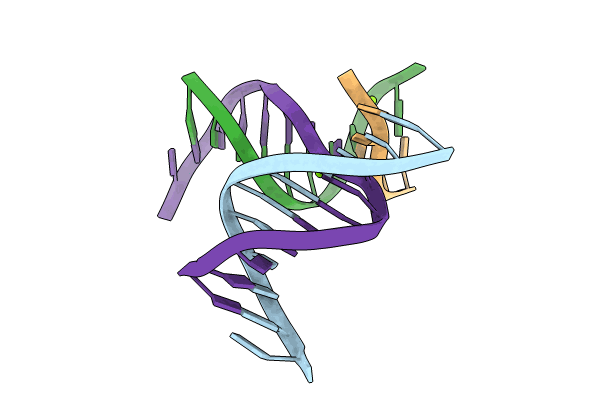
Deposition Date
2023-05-26
Release Date
2024-05-08
Last Version Date
2024-05-08
Entry Detail
PDB ID:
8SZ5
Keywords:
Title:
[2T5] Self-assembling DNA motif with 5 base pairs between junctions and P32 symmetry
Biological Source:
Source Organism:
synthetic construct (Taxon ID: 32630)
Method Details:
Experimental Method:
Resolution:
2.89 Å
R-Value Free:
0.25
R-Value Work:
0.19
R-Value Observed:
0.20
Space Group:
P 32


